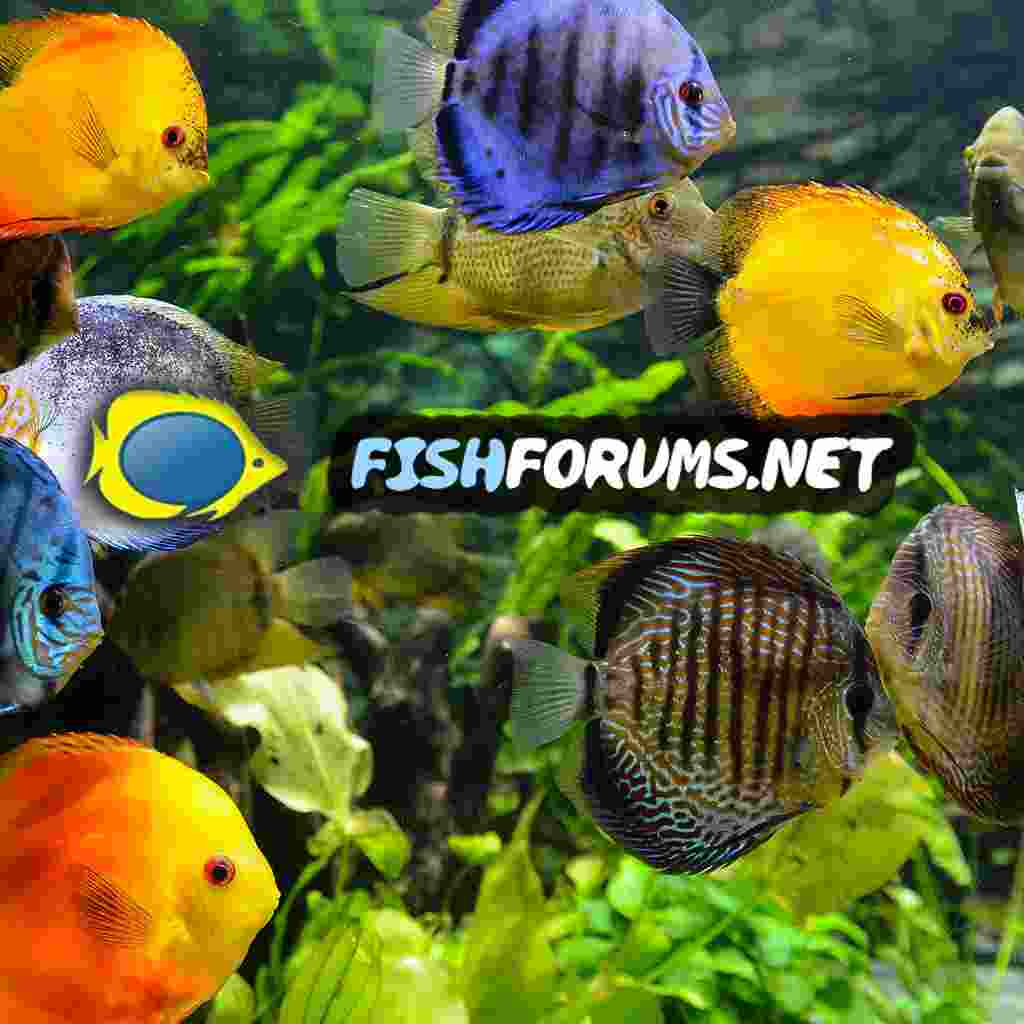There are different ways to a[[roach breeding and/or grow tanks. The key, omp, is that fish naturally want to breed, so our job is not to do things that would discourage or prevent that. Next, any set-up will be a function of the specific species involved. On some cases one can leave the fry in the breeding tanks because the parents do not eat them nor will the first spawn, as it grows, eat the smaller subsequent spawns.
My preference in breeding is to only do this in a species tank. The rarer and more expensive any given species ism the more important this becomes. I do not want fry to be food for anything and I most certainly do not want an inexpensive other species to have the potential to pass on any diseases etc. the the fish I am trying to spawn.
The first secious spawning I did were zebra plecos. O do this in a bare bottom tank. However, I eventually changed from bare sand bottoms. It is esier to find the junk needed to be vacuumed out and it tend to slow down the movement of food due to current and also to cause what needs to be sucked out to pole up in a few places rather than to be scattered all over.
Finally, I prefer to have at least two filters in a a breeding tank at least one of which should be an air powered foam filter.
When you are deciding what to breed all of the above considerations matter.
One last observation here. All it take to get a spawn is two fish- one of each sex. However there are other options one might choose. Some fish will give a better genetic mix with more than just a pair. Bear in mind that in the wild the goal or reproduction is to have the strongest healthiest male and females to spawn with each other. That should yield the healthiest and strongest offpring.
I am neither smart nor skilled enough to determine which males and females are the best choice to spawn with each other. But the fish know this. So, I have always used an approach of working with groups rather than pairs or trios.
The final consideration and one of the most important decisions we can make when working to breed any species is diet. A high auqality varied diet is usually the best option. It is also often the more expensive option. We normally have 100% responsibility for what out fish will eat. This is not the time nor place to try to be cheap, imo.
Over the years I mostly worked with plecos, but I have had at least a dozen or more species spawn in my tanks- angels, discus, pseudomugil rainbows, corys, danios. swordtails and a few shrimp and assassin snails. I can also tell you that after over 24 years of discovering new eggs/wigglers/fry in a tank, I still do the happy fish dance.
Good luck with whatever you choose.



 But it's a great tool for breeding egg scatterers!
But it's a great tool for breeding egg scatterers!